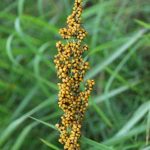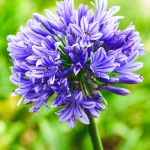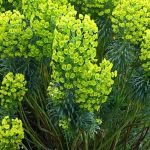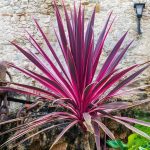Cold climate plants
Many native and exotic plants, shrubs, and trees available in New Zealand are tougher than they look, surviving low temperatures, droughts, frosts, poor soil, and occasional neglect or improper care.
Seasonal changes bring challenges for gardeners, especially in colder climate areas such as Canterbury. The trick is to choose plants that survive and thrive in such conditions.
Popular cold weather plant species include leucadendron, astelia, euphorbia, nandina, witch hazel, and camellia varieties. Here are some to consider:
 LOMANDRA
LOMANDRA
These Australian tussocks are drought-tolerant, tough, reliable, and evergreen. They easily survive cold weather, look great in mass plantings, and produce creamy yellow flowers in spring.
 AGAPANTHUS
AGAPANTHUS
Love them or loathe them, agapanthus are banned in some regions (as weeds), however eco-friendly sterile and low-fertility hybrids are now available in a range of sizes in blue, white and purple. Vigorous clump-forming plants, they often grow where nothing else will.
 SEMPERVIVUMS
SEMPERVIVUMS
These succulents are also known as hen and chicks because the rosettes produce new plants which spread like a mat. Colours range from purple, grey, and red, through to bronze and green. Succulents that are frost hardy need to be kept very dry in winter.
 EUPHORBIA
EUPHORBIA
Another variety that looks great in mass plantings, adding structure to mixed plantings of perennials and grasses, euphorbia is a diverse genus ranging from miniature annual varieties to large trees. Beware the milky sap of euphorbias; it is poisonous.

CORDYLINES
With tall elegant trunks, clumps of sword-shaped leaves, and fragrant frothy flowers in spring, cordylines, or cabbage trees, grow in low temperatures if given protection while young. The coloured forms look stunning but are less hardy and may need protection during very cold weather.
TOP TIP
Insulate pots with bubble wrap and insulate soil with mulch during autumn and winter.



